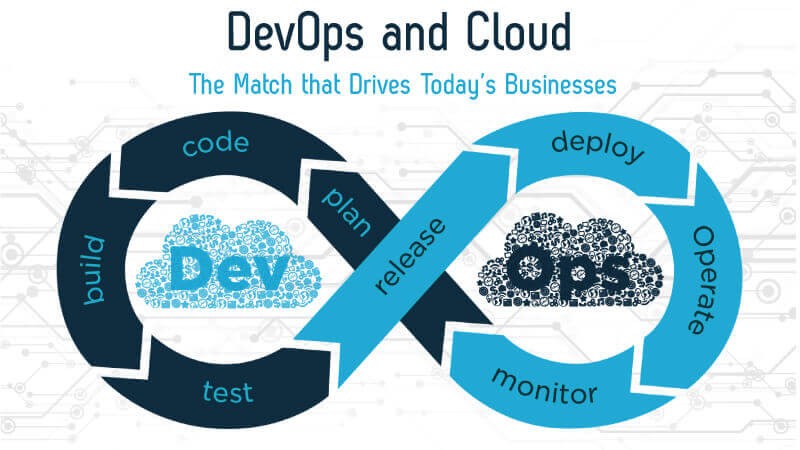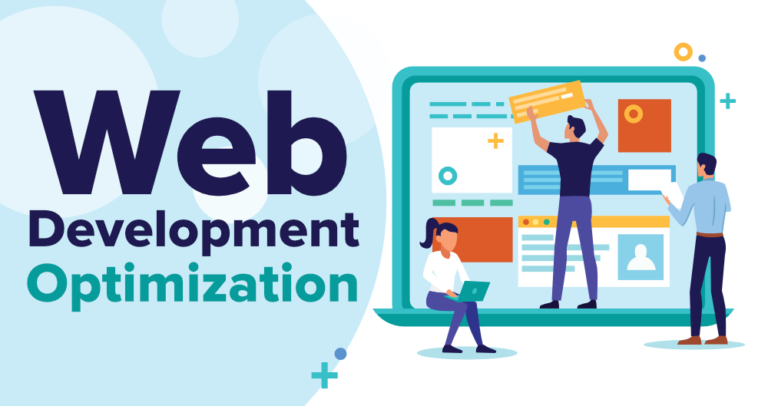The convergence of cloud computing and DevOps practices has ushered in a new era of agility and scalability in the dynamic world of contemporary software development. The security of cloud environments, however, faces some tough challenges due to this rapid evolution. To create and maintain a secure cloud ecosystem, this article explores the relationship between cloud security and DevOps.
DevOps is a method for developing and deploying software that places a strong emphasis on teamwork and automation. It helps deploy systems more quickly and with greater reliability. On the other hand, cloud security is the practice of preventing unauthorized access, theft, and damage to infrastructure, data, and systems based in the cloud.

Cloud Security
The policies, technologies, and controls known as cloud security are intended to prevent theft, unauthorized access, and misuse of cloud-based data, applications, and infrastructure. Cloud security becomes even more crucial when considering a cloud migration strategy because businesses need to make sure that their sensitive data and apps are protected during the move. As a result, companies must take into account the following crucial factors:
- Access Control: To guarantee that only authorized individuals can access cloud-based resources, organizations must implement the proper access controls. These controls should include role-based access controls, multi-factor authentication, and strong passwords.
- Compliance: Organizations must put in place suitable security controls and conduct routine audits of their cloud-based infrastructure to comply with applicable laws and standards, including GDPR, HIPAA, and PCI-DSS.
- Data Protection: Whether data is in transit or at rest, organizations need to make sure it is secure at all times. It entails putting safe data transfer protocols in place, encrypting critical data, and putting data loss prevention techniques in place.
- Cloud Service Provider (CSP) Security: Businesses need to make sure that the cloud service provider (CSP) they use has the right security measures in place. They have to choose a CSP carefully and keep an eye on their security posture regularly.DevOps and best practices are necessary to ensure safer cloud migrations, but there might be some obstacles.

DevOps and Cloud Security Integration
Security must be given top priority by organizations during the DevOps process to integrate DevOps and cloud security successfully. The ensuing tactics can help accomplish this:
- Adopt a security-first mindset: Organizations can make sure that security is incorporated into every step of the DevOps process by taking a security-first stance. This can be accomplished by giving security priority, carrying out frequent security assessments, and giving staff members security training.
- Automate security testing: Organizations can find security risks and vulnerabilities before they become issues by using automated security testing. Automated security testing tools, like vulnerability scanners and static code analysis tools, can help achieve this.
- Educate employees: Organizations can reduce the risk of security incidents stemming from human error by providing training to employees on cloud security best practices. Enforcing security policies and procedures and offering regular security training to staff members are two ways to accomplish this.
- Monitor cloud infrastructure: Cloud infrastructure monitoring can assist businesses in immediately identifying security threats and hazards. Using cloud monitoring tools that offer real-time alerts for security incidents is one way to accomplish this.
Benefits of integrating DevOps and cloud security
There are various advantages that organizations can gain from integrating cloud security and DevOps. Here are a few of the main advantages:
- Improved Visibility: Increased visibility into the whole software development lifecycle, from development to deployment, is made possible by DevOps and cloud security integration. Organizations can more successfully implement security measures and identify security risks early in the development process thanks to this visibility. Improved visibility also aids security teams in understanding the cloud infrastructure of the company, which is crucial for upholding compliance and security.
- Increased Automation: Organizations can automate several security tasks, such as threat detection, compliance monitoring, and vulnerability scanning, by integrating DevOps with cloud security. By lessening the workload on the security team and increasing task speed and accuracy, DevOps automation services free up the security team to concentrate on more complex tasks that call for human intervention.
- Increased Security: Integrating DevOps and cloud security ensures security controls are implemented throughout the software development lifecycle, from design to deployment. This approach allows continuous monitoring, real-time issue identification, and quick response to security issues, improving visibility and overall security.
When combined, cloud security and DevOps provide a strong foundation for creating and managing safe cloud environments. Through the integration of security into both development and operations procedures, enterprises can confidently handle the intricacies of cloud computing. The guidelines and strategies presented in this article will help organizations navigate the ever-changing landscape of cloud security, scalability, and agility by acting as a compass. Organizations hoping to prosper in the digital era must make the strategic decision to adopt this paradigm.







